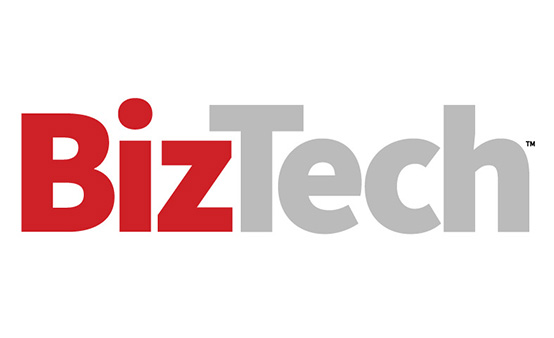Start with Your Backups
Mutable backup should live in the cloud. Whether you have a Veeam solution or Microsoft Azure or Amazon Web Services, have your backups live there. This also gives IT leaders full transparency into what they have, which is what 80% of our SMB customers need. (Immutable backups are completely isolated from the environment, so you don’t have to worry about them.)
Build Out a Disaster Recovery Solution
After your backups are in the public cloud, the next step is to ask, “What is the organization’s tolerance for an outage?” For some organizations, being down for three or four days is not a big deal. For others, three days down is three days of income lost. That’s where you need to start to build out a DR solution. If operations stop, the public cloud will serve as your failover environment to stay up and running.
Let’s say you’ve got 25 virtual machines that are mission-critical. These must be running for you to stay open. So, you build out those 25 VMs inside of, say, Azure. In the event that your business goes offline, you failover to Azure, and those VMs light up immediately. Sure, it’s going to be pricey because you’re paying for the compute, but it far outweighs the cost of lost revenue during that period.
RELATED: How to harness your data and contain costs in the public cloud.
Make Sure Your Disaster Recovery Plan Works
CDW can help SMBs identify these mission-critical assets and build out tailor-made disaster recovery plans. We help create a playbook or “runbook” of what to do in an emergency, and we also go through the environment to test that all of these failover points work. We then practice it with our customers so they know all of the steps to take in an emergency. We also run several assessments — a technical readiness assessment and a cybersecurity assessment — to evaluate the environment more deeply.
Why Public Cloud Is Your Best Insurance Policy for Outages
Here’s an example of why the public cloud works well for backup and disaster recovery. We had a customer at CDW that handles data analytics for chambers of commerce across the United States. Every city has a chamber of commerce, and that’s its client base. it hosts all of their data.
The main chamber of commerce data company is located in Minneapolis. Its failover site is in St. Paul, Minn. That’s not very far away, but it snows a lot, and there can be weather-related power outages. If Minneapolis and St. Paul’s data centers go offline, the city of Austin, Texas, is not going to care about the snow. But so long as the chambers use the public cloud, that data isn’t going offline. It’s backed up and safe.
Click the banner below to learn the biggest considerations for a public cloud migration.













